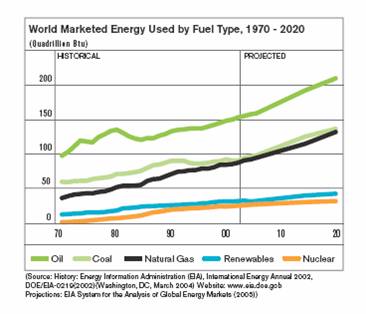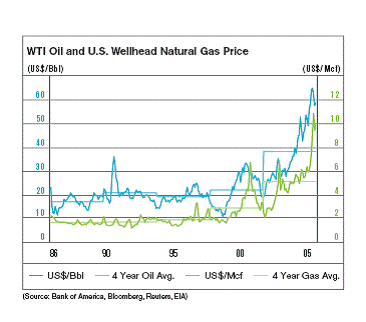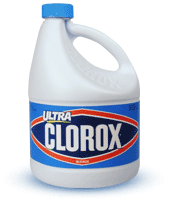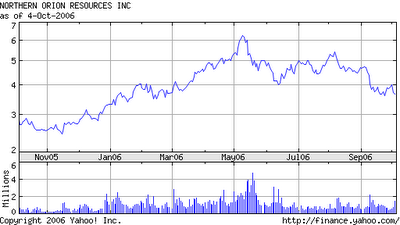
"Very articulate research on my company[Particle Drilling Technology]; however, I need to point out that some of your valuation metrics are in conflict with our public disclosures. Following the recent private placement, we have just over 30 million shares outstanding. If you add in all of the options and warrants (many of which are currently under water), there are approximately 37.5 million shares fully diluted.
In terms of market size and earnings potential, I would direct investors to our investor presentation on our website. We have identified in excess of $1 billion in revenue potential in just three basins in the domestic market (see slide entitled "Initial Target Markets" on page 8 of the investor presentation). Further, we have stated on page 15 of that investor presentation that each PID unit should be capable of generating annual EBITDA $2.4 million. With a market of over $1 billion, it would not make much sense for us to simply operate two or three units as you speculate in your research.
We will in due time publish our own earnings forecast but not until we have more operating history. Due to regulation FD concerns therefore, I will need to leave it up to the analysts and others to speculate as to how many PID units we are able to deploy over the next 3-4 years.
Just to illustrate the point however, based on our publicly disclosed assumptions, 10 PID units should yield annual EBITDA of approximately $24 million, while 40 units should yield closer to $96 million. While the royalties we are obligated to pay on the technology are not insignificant, they represent the cost of protecting the $1 billion plus market and therefore they have been considered in our business model. I am limited as to what I can post in this forum but felt that I should highlight those few data points. Again, your article does a good job of pulling together the history of the Company and most of the public information so I look forward to your future comments as the Company moves toward full commercialization."
Regards,
Chris Boswell, SVP & CFO
Particle Drilling Technologies, Inc
-----------------------------------------
10Q Detective Response:
Chris:
1. I did not add in the options and warrants too far “out of the money” to arrive at 40.0 million shares. In order to enter the oilfield services market on a full-scale basis, Particle Drilling must successfully complete additional research and development, the cost of which is estimated to exceed the amounts that your management team currently has budgeted in its operation’s plan. Ergo, I built in to my valuation metrics the assumption that you would have to tap the capital markets—preferably the issuance of additional shares.
2. My calculation of EBITDA of $3.0 million for FY ending September 30, 2008 assumes (i) resumption of commercial testing in 1H:07; (ii) first sales in 2008; and (iii) first royalty payments in 2008.
3. I do admit that my earn-out numbers are conservative, but I’d rather be proven wrong!
4. I am not passing a business judgment on the royalty payments as so structured, for as you say, “they [royalties] represent the cost of protecting the $1 billion plus market and therefore they have been considered in our business model.”
I look forward to eying your Company’s progress as it moves toward full commercialization.
Respectfully,
David J Phillips, Publisher
10Q Detective














